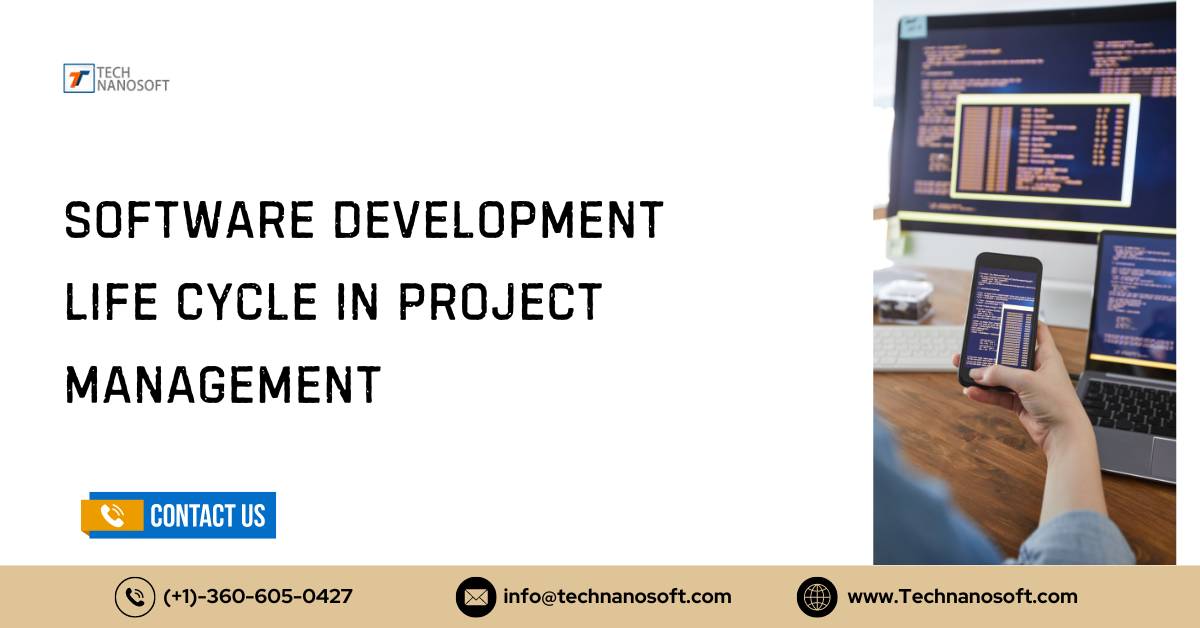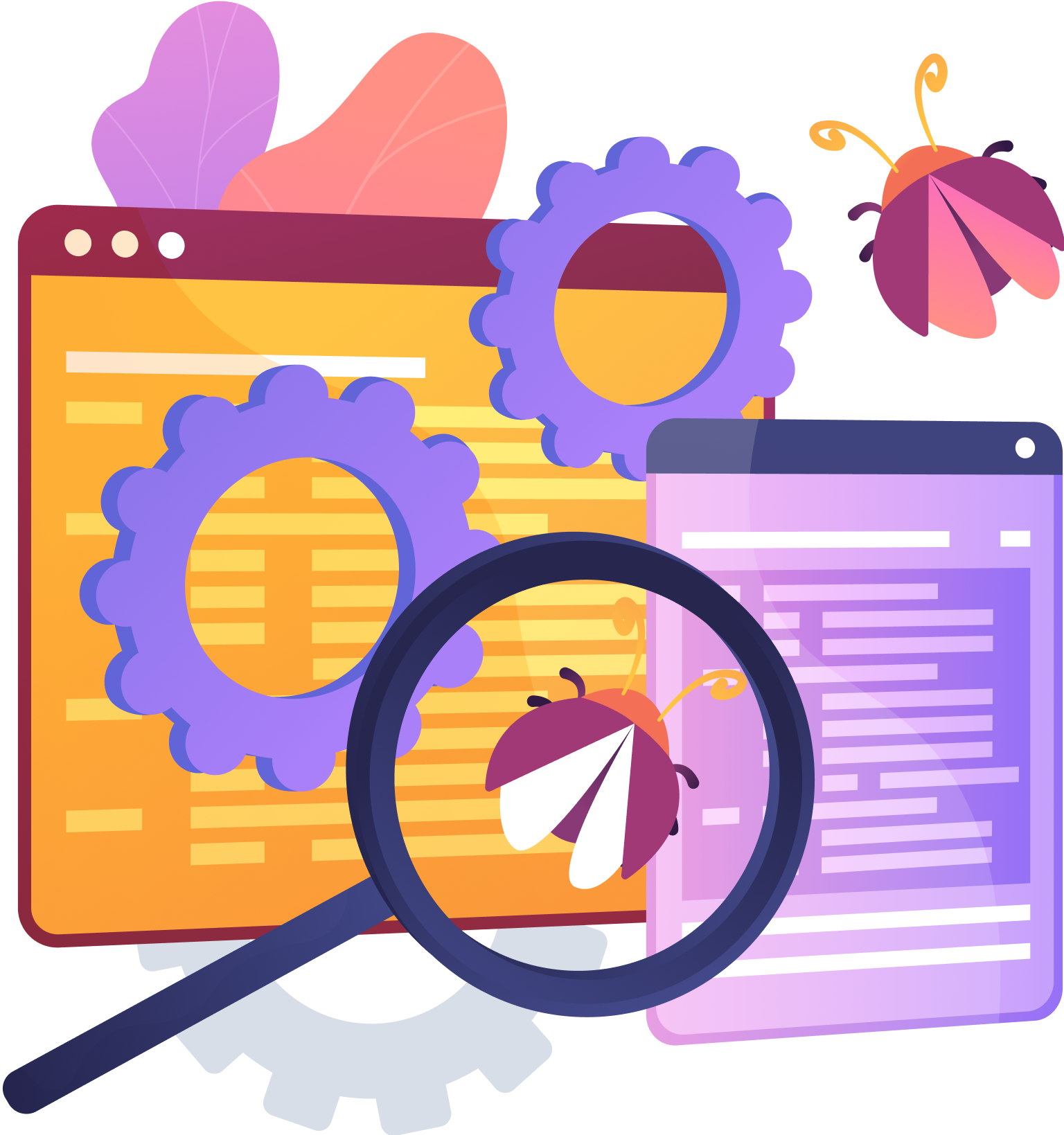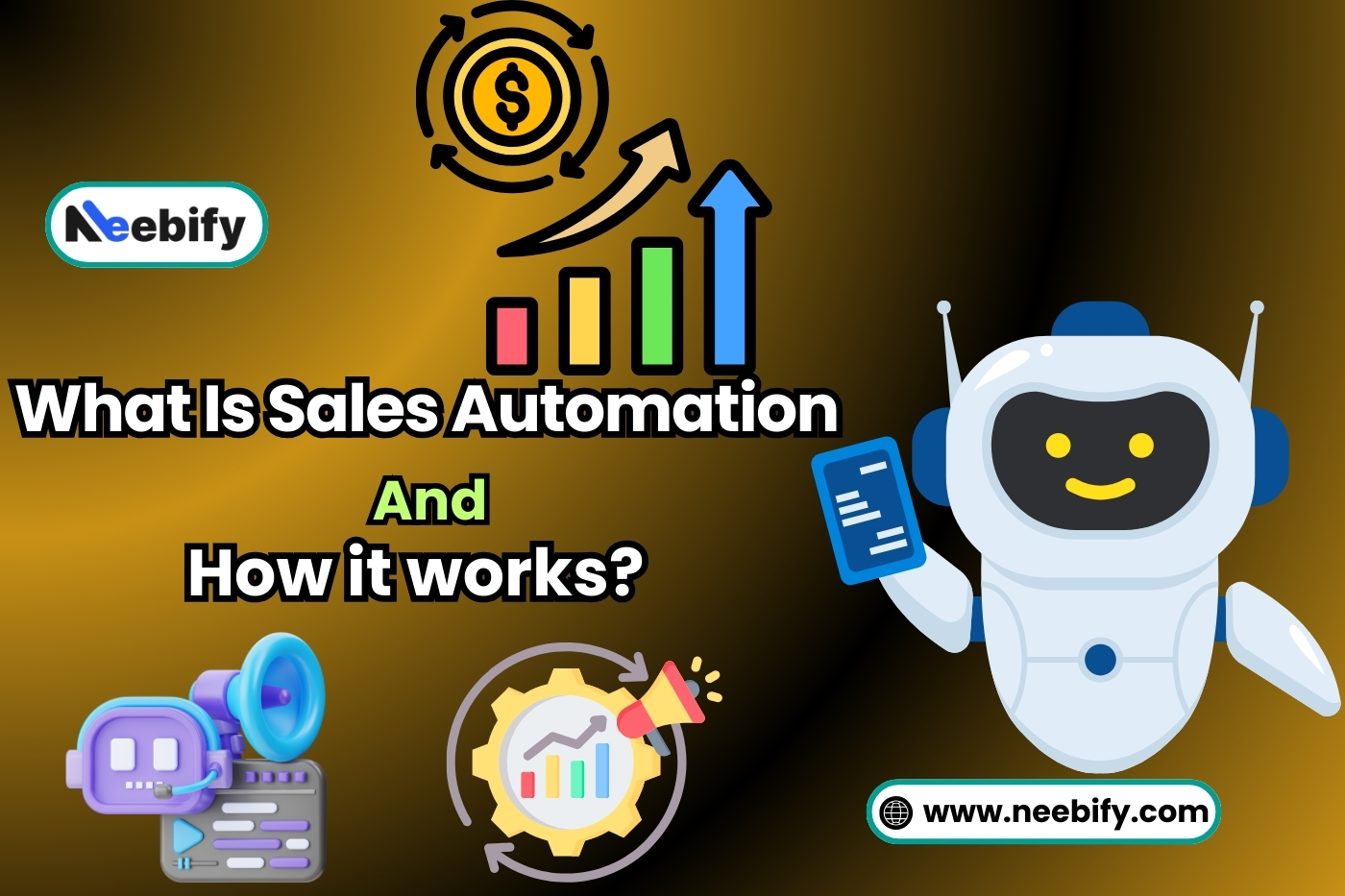Software Development Life Cycle in Project Management?

The Software Development Life Cycle (SDLC) and all of its parts are very important for anyone who wants to become a coder or work for a tech company. We go over the basics of SDLC in this in-depth guide, looking at its stages and sdlc models. We break down the ins and outs of every model, from the standard waterfall to the more flexible ones like Scrum.
We also break down the basic needs that make SDLC work, which makes it possible for software development to be quick and easy. Join us as we navigate the ever-changing world of SDLC and discover how it can change things.
What is SDLC?
The sdlc stands for software development life cycle, is a set of steps that software workers use to plan, create, test, and keep up with software applications. It includes many steps, like planning, gathering needs, designing, implementing, testing, deploying, and maintaining. Each phase is crucial for ensuring that the software result is of high quality, reliable, and useful.
By following a structured life cycle, developers can better handle resources, lower risks, and make sure that users get high-quality software that meets their needs and expectations. This structured method makes software development projects more productive, cuts down on mistakes, and makes it easier to keep getting better.
Software Development Life Cycle Phases
Planning
The first step in sdlc phases is planning, which initiates the sdlc life cycle, meticulously outlines the project's objectives, constraints, and scope. This step involves gathering requirements from stakeholders, determining the feasibility of the project, and creating a comprehensive project plan. This part ensures that the development process aligns with business goals and customer expectations. It does this by planning resource use, assessing risks, and creating schedules.
Design
In the SDLC, the design process is like a blueprint. The design process transforms ideas into detailed technical specifications. This process involves planning the structure of the software system, creating databases, and designing user interfaces that are easy to use.
By carefully considering functionality, scalability, and speed, designers create a plan that developers can adhere to. The main goal of this process is to make sure the proposed solution meets the business needs and goals. It also aims to follow best practices and industry standards.
Implement
Implementation is the step in the SDLC where the actual coding and development happen. It transforms design requirements into software components that work using programming languages and development frameworks. Iteratively writing, testing, and integrating code makes sure that it is modular, reusable, and easy to manage. During this phase, coding standards, version control, and joint development methods are necessary to make it easier for team members to work together and lower the risk of mistakes and inconsistencies in the code.
Software Test
In the SDLC life cycle, the testing process is where quality assurance happens. The software is carefully checked to make sure it works, runs well, and is reliable. The testing methods include unit testing, integration testing, system testing, and user acceptance testing.
Testers look for bugs and report them, making sure that the software meets standards and gives users a smooth experience. The goal of this phase is to find and fix any bugs or strange things in the software. This will improve its overall quality and lower the risk of failures happening in production settings.
Deployment
The SDLC deploys the software into the production environment, enabling end users to utilize it. It includes putting the app online, setting up servers, moving data, and making sure that the change from development to operations goes smoothly.
Setting up, adjusting, and teaching users are all included in deployment tasks, making it simpler for stakeholders to use the software. It is important to plan and coordinate carefully to keep the production setting safe and secure. This will help minimize downtime and disruptions.
Maintenance
The software undergoes the maintenance phase of the SDLC after deployment. This is where it gets ongoing support, optimization, and improvement. It includes fixing problems that users have reported, installing updates, and making sure that performance is at its best so that it can meet changing business needs.
Maintenance tasks include fixing bugs, adding changes, and making improvements to the software. These tasks make sure that the software will work for a long time.
It is important to monitor the software in production. Respond promptly to feedback. Follow service agreements closely.
Types of Software Development Life Cycle Model
Spiral Model
The spiral model is a risk-driven way to make software. It combines risk management with parts of iterative development. It involves repetitive processes such as planning, risk assessing, engineering, and review.
Each cycle builds on the previous one by utilizing feedback and risk management to improve the program. This plan works well for big projects with changing needs, where finding and reducing risks quickly are very important.
Waterfall Model
The waterfall model is a way of making software that works in a straight line, with each step building on top of the one before it. The Waterfall model comprises various steps, including needs analyzing, design, implementation, testing, deployment, and maintenance. Progress happens only after finishing the last step, which is best for projects with clear requirements and expected results.
Iterative Model
When it comes to making software, the iterative model is a flexible method where the work is divided into short stages. Planning, analyzing, designing, coding, testing, and deploying are all parts of each stage. It fosters adaptability and freedom, enabling the development of software in incremental steps and early delivery upon successful completion.
This model works well for projects whose needs change over time because it lets feedback-driven improvements happen at each stage. It stresses working together, always getting better, and being open to change. An integral part of agile methods such as Scrum and Kanban. Iterative development makes sure that progress is steady, improves product quality, and quickly adapts to changing user needs.
Agile Model
The Agile model is a way of making software that is based on working together, being flexible, and getting feedback from customers. Adaptive planning, evolutionary growth, and continuous delivery are some of the things that it stresses. Agile methods, like Scrum and Kanban, encourage teams to work together to solve problems through short development rounds (called "sprints") and lots of releases.
This model prioritizes customer satisfaction by delivering useful software quickly and continuously. This lets companies respond quickly to changing market conditions and customer needs.
Read ALSO- The Main Difference Between Android and iOS Mobile Apps
Why is SDLC important in software development?
SDLC is important for making software because it gives you a way to organize and control the whole process. It makes planning, implementing, testing, deploying, and maintaining software products more organized, which improves quality, speed, and predictability. SDLC makes it easy for everyone involved in a software project to talk to each other, makes sure that development activities are in line with business goals, and lowers the risks that come with software projects.
SDLC encourages collaboration, openness, and accountability by breaking the development process into manageable stages. This leads to the timely delivery of reliable, scalable, and user-friendly software solutions that meet customer needs and standards.
Conclusion
Technanosoft offers tools, services, and experts to create top-notch software from planning to maintenance. Organizations can speed up their development processes by using skills in project management, design, development, testing, deployment, and maintenance. This helps to reduce risks and ensure that software products are delivered on time.
The products will meet customer goals and industry standards. With Technanosoft's help, businesses can reach their software development goals quickly and easily.
FAQs About Software Development LIfe Cycle
Q.1- What is explain sdlc full form?
A- The SDLC stands for Software Development Life Cycle.
Q.2- What does the waterfall sdlc models signify?
A- When making software, the waterfall model follows a straight line, with each step having to be finished before moving on to the next. It is easy to understand and handle because it goes in a step-by-step order, but it needs to be more adaptable to changes.
Q.3- How does the SDLC ensure the maintenance of standards?
A- Code reviews, unit testing, system testing, and user acceptance testing are some of the quality assurance methods and practices that are part of the SDLC. By testing the software at every stage of development, bugs can be found and fixed quickly, which lowers the chance that the end product will have problems.
Q.4- What do partners do in the SDLC?
A- During the SDLC life cycle, stakeholders such as clients, end users, project managers, coders, and testers are very important. At different times, they give input and feedback and help to make sure that the software meets their needs and expectations.
Q.5- How does SDLC help with managing projects?
A- SDLC gives teams a way to organize and handle projects, making it easier to plan, keep track of, and manage the software development process. It helps find dependencies, assign resources, handle risks, and keep an eye on progress, all of which are important for good project delivery.
Q.6- what is software testing life cycle?
A- STLC stands for Software Testing Life Cycle. It's a series of phases or steps that software goes through to ensure it's thoroughly tested before release.









